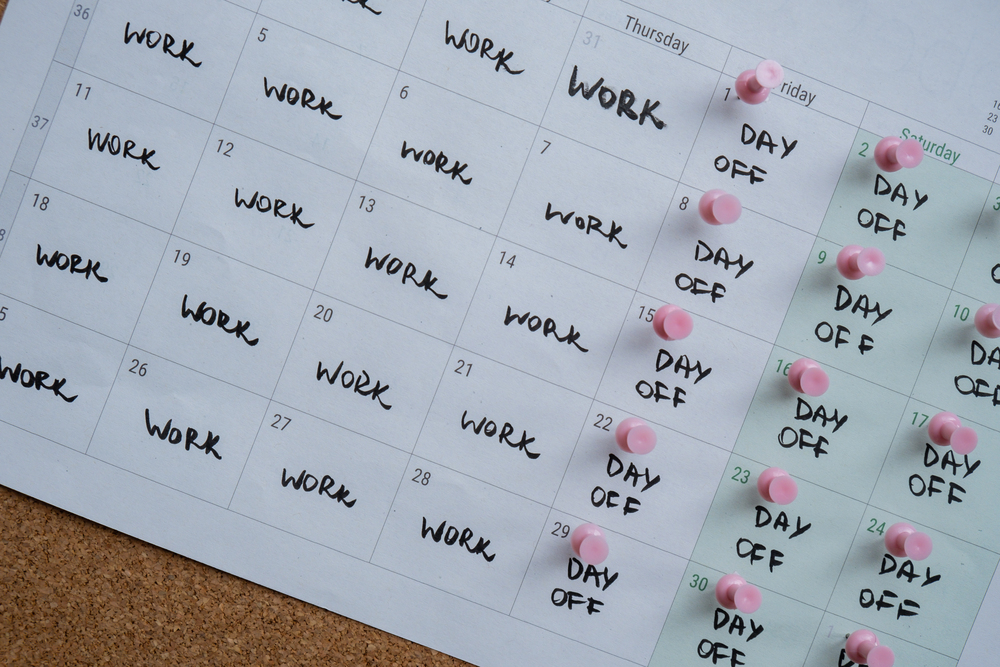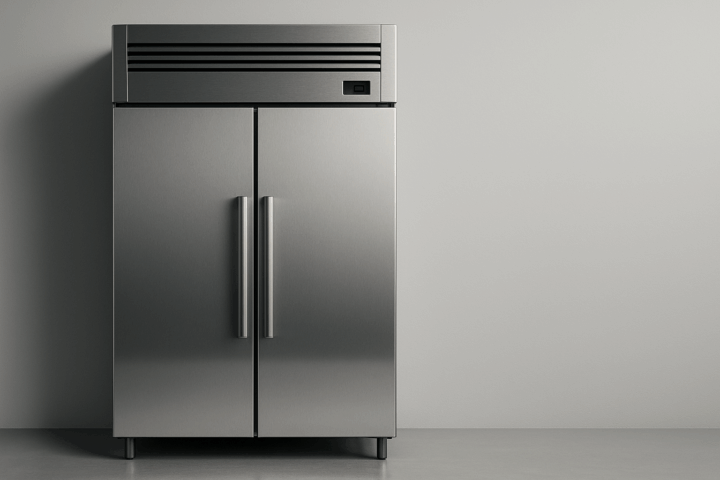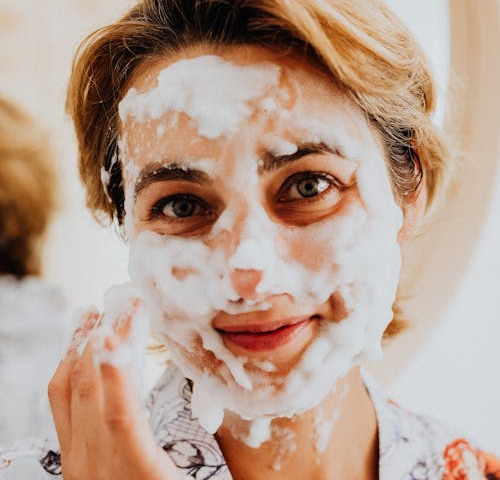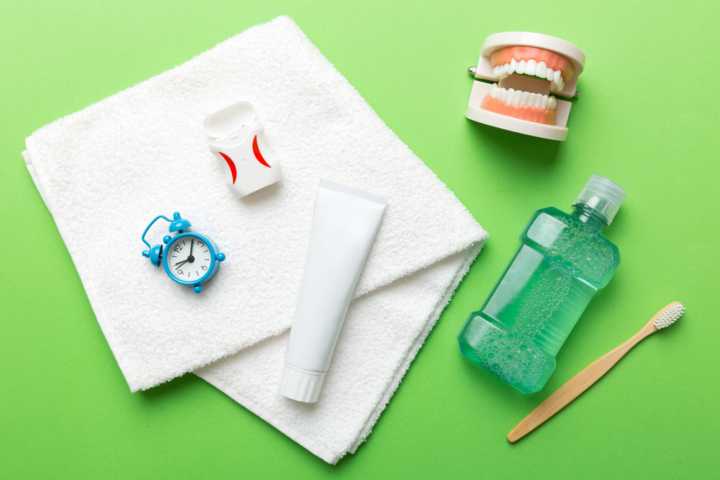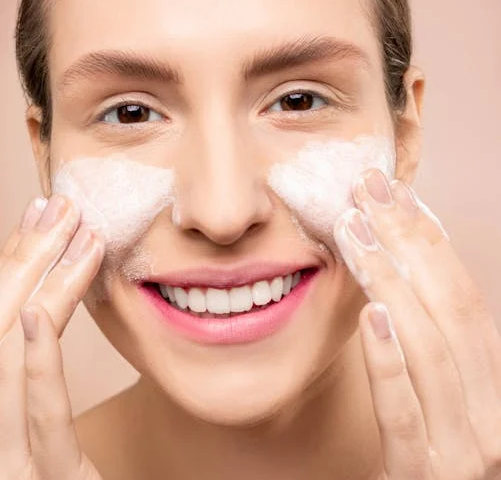Achieving a natural smile is one of the primary goals of cosmetic dentistry. Whether you are undergoing treatment for veneers, crowns, or professional teeth whitening, matching the shade of your teeth is essential. But how exactly do dentists ensure the colour of your dental restorations blends seamlessly with your natural teeth? In this blog, we will explore how dentists match tooth shades and what factors influence the process.
Why Is Tooth Shade Matching Important?
Tooth shade matching is crucial in cosmetic dentistry because it affects the overall appearance of your smile. A mismatch between veneers, crowns, or whitened teeth and your natural teeth can draw unwanted attention and diminish the results of your treatment. Matching tooth shades ensures your smile looks balanced, bright, and as natural as possible.
What Tools Do Dentists Use to Match Tooth Shades?
Dentists use several tools and techniques to accurately match tooth shades. The most common include:
- Shade Guides
A shade guide is a tool with a range of tooth-coloured tabs that represent different shades. One of the most widely used guides is the Vita Classical Shade Guide, which categorises shades into groups based on colour and brightness. Dentists compare these tabs against your natural teeth under natural light to determine the best match.
- Digital Shade Matching Devices
Advancements in dental technology at Sherwood Park Dental Practice have introduced digital shade-matching devices. These devices use spectrophotometers or colorimeters to scan your teeth and provide precise colour measurements. Digital shade matching reduces subjectivity and improves accuracy, especially in cases where subtle differences in tooth colour exist.
- Photography
Dentists may also use high-resolution photography to capture images of your teeth. These images help in communication with dental laboratories, ensuring that technicians can see the exact shade, translucency, and characteristics of your natural teeth.
Factors That Influence Tooth Shade Matching
Matching tooth shades is not a one-size-fits-all process. Several factors influence how dentists choose the right shade:
- Natural Tooth Colour
Everyone’s natural tooth colour varies based on genetics, age, and lifestyle habits. Some people naturally have whiter teeth, while others have a slightly more yellow or grey hue. Dentists take this into account when matching veneers, crowns, or whitening treatments.
- Lighting Conditions
Lighting plays a significant role in tooth shade matching. Natural daylight provides the most accurate view of tooth colour, so dentists often perform shade matching near windows or under daylight-simulating lamps. Artificial lighting can sometimes distort colours, leading to an inaccurate match.
- Translucency and Surface Texture
Teeth are not uniform in colour; they have variations in translucency and surface texture. Natural teeth reflect and absorb light differently across various areas. Dentists consider these factors to ensure that veneers and crowns replicate the natural look and depth of real teeth.
- Age and Wear
As we age, our teeth naturally darken due to enamel thinning and changes in dentine. Dentists factor in the patient’s age and any signs of wear to select a shade that appears realistic for the individual.
- Patient Preferences
Some patients may prefer a whiter shade for a more noticeable cosmetic improvement, while others want their restorations to blend subtly with their existing teeth. Dentists discuss shade options with patients to align the final result with their expectations.
How Do Dentists Match Shades for Veneers?
Veneers are thin shells bonded to the front of teeth to improve their appearance. When matching shades for veneers, dentists use shade guides and digital tools to select the closest match to the patient’s surrounding teeth. They may also consider factors such as the underlying tooth colour and how the veneer material will affect light reflection. In some cases, temporary veneers are placed first to ensure patient satisfaction before final colour-matched veneers are made.
How Do Dentists Match Shades for Crowns?
Dental crowns cover the entire visible portion of a tooth and are used for both cosmetic and restorative purposes. Shade matching for crowns follows a similar process to veneers, but dentists must also consider the thickness of the crown material. The underlying tooth structure, especially if it is discoloured, may influence the final shade. Dentists work closely with dental laboratories, providing photos and detailed shade information to create a crown that looks natural.
How Do Dentists Match Shades for Teeth Whitening?
Unlike veneers and crowns, teeth whitening involves lightening the natural teeth rather than adding restorations. Before starting whitening treatment, dentists use a shade guide to record the current colour of the patient’s teeth. This helps track progress and determine how many shades lighter the patient wants to go.
The goal of whitening is often to achieve shades like A1 or B1, which are considered bright and natural. However, dentists also advise patients on realistic expectations, as the final result may vary based on the starting tooth colour and the type of whitening treatment used.
Communicating with Dental Laboratories
When creating veneers or crowns, effective communication with the dental laboratory is essential. Dentists provide the lab with detailed information, including:
- The selected shade from the shade guide
- Photographs of the patient’s teeth
- Notes on translucency, texture, and special characteristics
This collaboration ensures that the final restorations match the patient’s natural teeth as closely as possible.
Can Tooth Shade Matching Be Perfect?
While dentists use advanced tools and techniques to achieve the best match possible, achieving a perfect match can be challenging. Natural teeth have subtle variations that can be difficult to replicate exactly. However, experienced cosmetic dentists can create restorations that are virtually indistinguishable from natural teeth.
Patients should keep in mind that slight differences in shade may not be noticeable in everyday situations. Dentists strive to create a cohesive, balanced smile that looks natural and enhances overall appearance.
Tips for Maintaining Your Tooth Shade
Once you’ve achieved your desired tooth shade, maintaining it is key. Here are some tips:
- Practise good oral hygiene by brushing twice daily and flossing
- Avoid staining foods and drinks such as coffee, tea, red wine, and tobacco
- Schedule regular dental check-ups and professional cleanings
- Use whitening toothpaste or touch-up whitening treatments as recommended by your dentist
Final Thoughts
Matching tooth shades for veneers, crowns, and whitening requires skill, precision, and attention to detail. By using shade guides, digital devices, and expert techniques, dentists can create natural-looking results tailored to each patient. Whether you’re considering cosmetic dentistry for a brighter smile or need a restorative treatment, discussing shade options with your dentist ensures you achieve a smile that looks both beautiful and natural.


